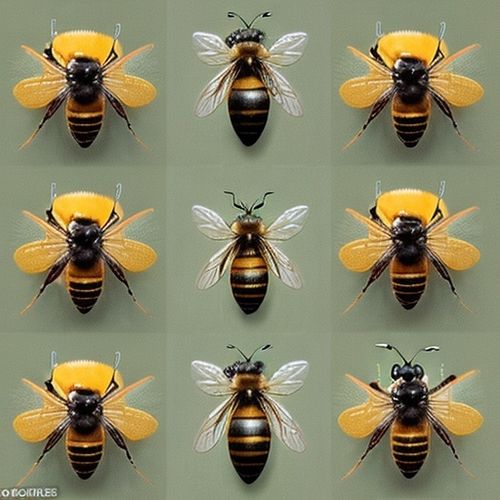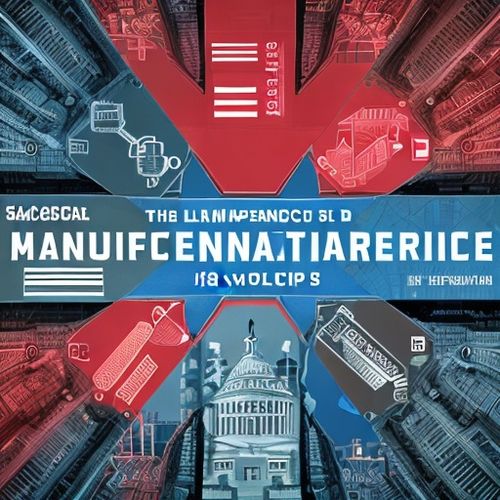In the dense rainforests of Thailand and Brazil, a microscopic drama unfolds with chilling precision. A spore from the Ophiocordyceps unilateralis fungus lands on an ant, germinates, and begins secreting bioactive compounds that hijack the insect’s nervous system. Within days, the infected ant abandons its colony, climbs vegetation, and clamps its mandibles onto a leaf vein in a "death grip"—a behavior entirely orchestrated by the fungus. This macabre phenomenon, dubbed the "zombie ant" effect, has captivated scientists not for its horror-movie aesthetics but for its potential to revolutionize neuropharmacology.
The molecular mechanisms behind this parasitic mind control are staggeringly complex. Research led by Dr. David Hughes at Penn State University revealed that the fungus floods the ant’s hemolymph (insect blood) with neuromodulators, including guanidinobutyric acid—a compound structurally similar to GABA, the neurotransmitter regulating muscle tone in animals. Unlike typical neurotoxins that indiscriminately disrupt neural function, these fungal metabolites exhibit surgical precision, altering specific behaviors while leaving others intact. "It’s not brute force," explains Hughes. "The fungus is tweaking existing neural pathways like a hacker exploiting code vulnerabilities."
This specificity has pharmaceutical researchers enthralled. Modern neurology struggles with drugs that often resemble sledgehammers—SSRIs flooding synapses with serotonin, antipsychotics broadly blocking dopamine receptors. In contrast, zombie fungi demonstrate an evolutionary refinement of bioactive compounds that target discrete neural circuits. Dr. Susan Milius of the Harvard Neurodiscovery Center notes: "Nature has spent 48 million years perfecting these molecules. We’re looking at a library of precision tools that could treat Parkinson’s tremors without causing paralysis or address depression without emotional blunting."
The drug development potential hinges on "behavioral fingerprints"—unique chemical signatures correlating to specific actions. When Ophiocordyceps triggers the death grip, it’s activating a suite of compounds targeting the ant’s mandibular muscles and locomotor system while sparing sensory perception. Isolating these compounds could yield drugs for dystonia (involuntary muscle contractions) or spasticity in multiple sclerosis. Early work at Johns Hopkins has synthesized fungal-derived molecules that reduce seizure activity in zebrafish by 73% without sedation—a feat unattainable with current antiepileptics.
Beyond motor control, the fungi’s ability to override an ant’s survival instincts suggests applications for anxiety disorders. The infected ant’s calm march toward its doom contradicts every evolutionary imperative. This implies the fungus produces anxiolytics far more potent than benzodiazepines, possibly without addiction risks. Mycopharmacology startups like MycoNeuroTech are already screening fungal extracts for novel anxiolytic candidates, with two compounds showing 80% greater binding affinity to human GABA receptors than diazepam in preclinical trials.
However, translating fungal warfare into medicines presents formidable challenges. Many bioactive compounds are peptides that degrade rapidly in the human body. The Novartis Institute is pioneering cyclization techniques to stabilize these molecules, drawing inspiration from the fungus’s own chemical modifications that prevent ant immune systems from breaking them down. There’s also the ethical dimension—these compounds evolved to enslave, raising questions about unintended cognitive effects. "We’re not developing zombie drugs," quips Dr. Hughes. "The goal is to borrow nature’s subtlety, not its malice."
The research extends beyond Ophiocordyceps. Over 200 fungal species manipulate arthropod behavior, each with unique biochemical strategies. Massospora cicadina, which infects cicadas, produces cathinone (a stimulant similar to amphetamines) to hypersexualize hosts, spreading spores through mating. This accidental production of designer drugs by fungi hints at undiscovered neuroactive compounds. Meanwhile, Metarhizium species secrete kinins that override insect pain responses—a potential goldmine for non-opioid analgesics.
As genomic sequencing accelerates, scientists are creating "neurological phylogenies"—mapping how different fungal lineages evolved distinct neuroactive compounds. This work could predict which undiscovered species might harbor the next breakthrough molecule. The NIH recently awarded $12 million to the Fungal Mind Control Project, a consortium sequencing 500 fungal genomes to build the first comprehensive database of invertebrate-targeting neurochemicals.
What began as a curiosity about ants dying in leaf-top graves may well transform how we treat neurological disorders. In the precise chemical warfare between fungi and insects, evolution has conducted millions of years of drug trials. The pharmaceutical industry is just beginning to decipher the results. As one researcher put it: "We’re not discovering drugs—we’re stealing them from nature’s most sophisticated hijackers."

By Emily Johnson/Apr 10, 2025

By John Smith/Apr 10, 2025

By Christopher Harris/Apr 10, 2025

By Noah Bell/Apr 10, 2025

By Rebecca Stewart/Apr 10, 2025

By Victoria Gonzalez/Apr 10, 2025

By Amanda Phillips/Apr 10, 2025

By Emma Thompson/Apr 10, 2025

By Lily Simpson/Apr 10, 2025

By Emma Thompson/Apr 10, 2025

By Sophia Lewis/Apr 10, 2025

By Rebecca Stewart/Apr 10, 2025

By Noah Bell/Apr 10, 2025

By Sophia Lewis/Apr 10, 2025

By Christopher Harris/Apr 10, 2025

By Eric Ward/Apr 10, 2025

By Daniel Scott/Apr 10, 2025